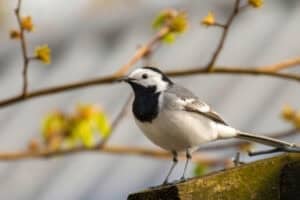Marigolds are marvellous because they are the brightest and most cheerful of all the summer annuals; little soldiers guarding your vegetables from "nasties".

They’re an enticing nectar source for butterflies and relentless in their ability to produce flowers throughout their lifespan. A garden is all the richer for these wonderful plants.
In South African garden centres you will more than likely find the two most common Marigolds: Tagetes patula, aka French marigold, and Tagetes erecta, aka African marigold, which are, despite their common names, native to Mexico and Central America. Both marigolds have been naturalised in other parts of the world.
Both are herbaceous annuals with dense, feathery foliage. Each plant produces many stems which rise above the leaves producing one carnation-like flower per stem.
The French marigolds can vary greatly in height, although in South Africa it is common to find the dwarf varieties which range from 20 to 30cm. The flowers are either single or double and can get as big as 8cm in diameter. The smaller the flower, the greater the number of flowers per plant. Whilst the predominant colours are orange and yellow, there are variances within these two colours that plant breeders have exploited. Reds and creams have now been added to the palette for some striking combinations.
The African marigold tends to be a more robust looking plant. Due to its large globe-type flowers, this plant produces fewer flowers. The height of the African can vary from 25 to 60cm. The dwarf varieties are more popular. Some varieties produce striking flowers the size of a tennis ball. The colours are somewhat limited, though, ranging from a pale primrose yellow to a deep orange.
Marigold plants make excellent borders and edging in the flowerbed. But they work just as well in a container on their own or mixed with other plants. They are popularly used in vegetable patches as they deter nematodes in the soil, as well as flying pests.
It is advisable to pinch back the stems. This allows for a sturdier plant.
– Bedding Plant Growers Association.






